Home>Ideas and Tips>Indoor Aeschynanthus Care: Lipstick Plant Growing Guide
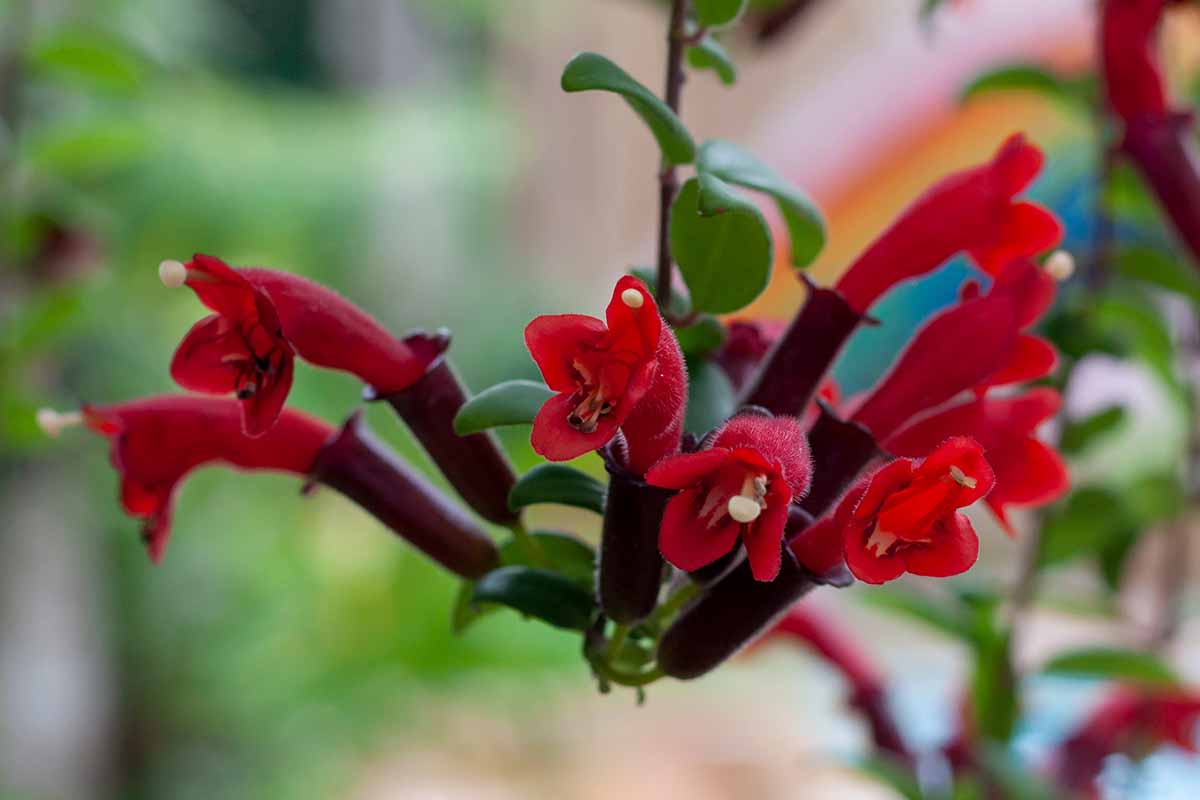

Ideas and Tips
Indoor Aeschynanthus Care: Lipstick Plant Growing Guide
Published: September 25, 2024
Learn how to care for your indoor Aeschynanthus lipstick plant with our comprehensive guide. Tips on soil, lighting, watering, and more.
(Many of the links in this article redirect to a specific reviewed product. Your purchase of these products through affiliate links helps to generate commission for Storables.com, at no extra cost. Learn more)
The Aeschynanthus, commonly known as the lipstick plant, is a stunning and versatile houseplant that adds a touch of elegance to any room. Its unique, bright red tubular flowers and trailing vines make it an attractive choice for both beginners and experienced gardeners. In this comprehensive guide, we will delve into the care and growing requirements of the lipstick plant, ensuring you can enjoy its vibrant blooms indoors.
Introduction to the Lipstick Plant
The lipstick plant (Aeschynanthus radicans) is a popular houseplant native to the rainforests of South East Asia. It is an epiphytic plant, meaning it grows on other plants, typically tree branches, where it obtains moisture from rainwater vapor. This unique characteristic makes it an excellent choice for indoor cultivation, as it thrives in humid environments.
Varieties of Lipstick Plants
While the standard red-flowering variety is widely available, there are several other interesting varieties worth mentioning:
- Black Pagoda: This variety features dark green leaves with a hint of black and produces flowers that are more of a deep red color.
- Mona Lisa: Known for its orange-red flowers, this variety adds a unique twist to the traditional lipstick plant.
- Curly Q: Characterized by its curled, glossy leaves, this variety is particularly attractive and can serve as a good alternative to hoya compacta.
- Tangerine: This variety boasts yellow flowers, adding a pop of color to your indoor space.
- Variegated: Both standard and small-leaved variegated types are available, offering a mix of green and white foliage.
Soil Requirements
The lipstick plant requires well-draining soil to prevent root rot. A mix that includes peat-free house plant compost and added sand or perlite is ideal. Heavy potting soil can lead to root rot, so it's crucial to use a free-draining mix that allows excess water to drain quickly.
Tips for Soil Preparation
- Avoid Peat Heavy Mixes: Peat-heavy mixes can compact as they dry, which is detrimental to the plant's health. Instead, opt for a mix that includes perlite or sand to ensure good drainage.
- Add Organic Matter: Incorporating organic matter like orchid bark and stone into the potting mix can help maintain soil health and structure.
- Monitor Pot Size: Avoid increasing the pot size too quickly, as this can cause the roots to become waterlogged. Small pots are often sufficient for lipstick plants, especially if you're starting with cuttings.
Lighting Requirements
Lipstick plants require bright but indirect sunlight to bloom. Direct sunlight can cause the leaves to die, so it's essential to place the plant in a spot where it receives filtered light. East or west-facing windows are ideal, as they provide the necessary light without exposing the plant to scorching sun.
Tips for Lighting
- Avoid Low Light Spaces: Lipstick plants do not thrive in low light spaces. If your plant is not blooming, try giving it a bit more light.
- Monitor Temperature Fluctuations: While the plant can tolerate some temperature fluctuations, it's best to avoid placing it too close to windows during winter months to prevent damage.
Watering Tips
Lipstick plants are epiphytic and prefer to be watered thoroughly but allowed to dry slightly between waterings. Overwatering is a common mistake that can lead to root rot and fungal problems. Check the soil moisture by sticking your finger into the soil up to the first knuckle; if the soil feels damp, it's ready for watering.
Watering Schedule
- Water Moderately: Water your lipstick plant when the leaves start to look slightly wilted or when the soil feels dry to the touch.
- Check Soil Moisture: Every four days, check the soil moisture by sticking your finger into the soil. If it feels damp, wait another day or two before watering again.
- Avoid Soggy Soil: Never leave the roots standing in water, as this can cause root rot and other issues.
Humidity Requirements
Lipstick plants thrive in humid environments, typically between 40-50% relative humidity. While they can adapt to standard household humidity levels, misting the plant regularly can help maintain optimal humidity levels.
Tips for Maintaining Humidity
- Mist Regularly: Mist your lipstick plant with water to increase the surrounding humidity. This is especially helpful during dry seasons.
- Use a Humidifier: If you live in a particularly dry climate, consider using a humidifier near the plant to maintain optimal humidity levels.
Fertilization
Lipstick plants benefit from regular fertilization, especially during the spring and summer months when they are actively growing. A 3-2-1 NPK ratio liquid fertilizer is recommended, and it's best to fertilize weekly or fortnightly during this period.
Tips for Fertilizing
- Use Organic Fertilizers: Organic fertilizers like neem oil can help control pests and promote healthy growth.
- Avoid Overfertilizing: Fertilize sparingly, as overfertilizing can damage the plant. Stick to the recommended schedule to avoid burning the roots.
Propagation
Lipstick plants can be propagated using stem cuttings. This method is relatively easy and ensures that you can multiply your plant without much hassle.
Steps for Propagation
- Take Cuttings: Cut a section of stem from the mother plant, making sure each cutting has at least two nodes.
- Prepare Soil: Plant the cuttings in a well-draining potting mix, ensuring the nodes are buried in the soil.
- Water Thoroughly: Water the cuttings thoroughly and keep them moist until roots develop.
- Provide Adequate Light: Place the cuttings in a bright but indirect light location, such as near an east or west-facing window.
Pruning
Pruning is essential for maintaining the health and appearance of your lipstick plant. Regular pruning helps control its growth, encourages blooming, and prevents it from becoming shaggy and overgrown.
Tips for Pruning
- Cut Back Vines: Trim back the trailing vines to maintain a desired length or shape.
- Remove Dead Leaves: Remove any dead or dying leaves to prevent the spread of disease.
- Encourage Blooming: Prune the plant during the spring season to encourage blooming.
Common Issues and Solutions
Despite its hardiness, the lipstick plant can face several common issues that need attention. Here are some common problems and their solutions:
Yellowing Leaves
- Cause: Overwatering or underwatering.
- Solution: Check the soil moisture and adjust your watering schedule accordingly. If the leaves are turning yellow due to overwatering, allow the soil to dry out more between waterings.
Brown Leaves
- Cause: Too much sunlight or too little water.
- Solution: Move the plant to a spot with filtered light if it's receiving too much direct sunlight. If the leaves are turning brown due to underwatering, increase the frequency of watering.
Reddish-Brown Mass
- Cause: Fungal infection.
- Solution: Treat the plant with a fungicide if you notice a reddish-brown mass resembling a spider web.
Conclusion
The lipstick plant is an excellent addition to any indoor garden, offering vibrant red blooms and trailing vines that add a touch of elegance. By following the guidelines outlined in this guide—regarding soil, lighting, watering, humidity, fertilization, propagation, and pruning—you can ensure your lipstick plant thrives and continues to bloom beautifully. With its ease of care and versatility, it's no wonder why the lipstick plant has become a favorite among houseplant enthusiasts.
Whether you're a seasoned gardener or just starting out, the lipstick plant is an excellent choice for anyone looking to add some color and life to their indoor space. So go ahead, give your lipstick plant the care it deserves, and enjoy its stunning blooms all year round
Was this page helpful?
At Storables.com, we guarantee accurate and reliable information. Our content, validated by Expert Board Contributors, is crafted following stringent Editorial Policies. We're committed to providing you with well-researched, expert-backed insights for all your informational needs.
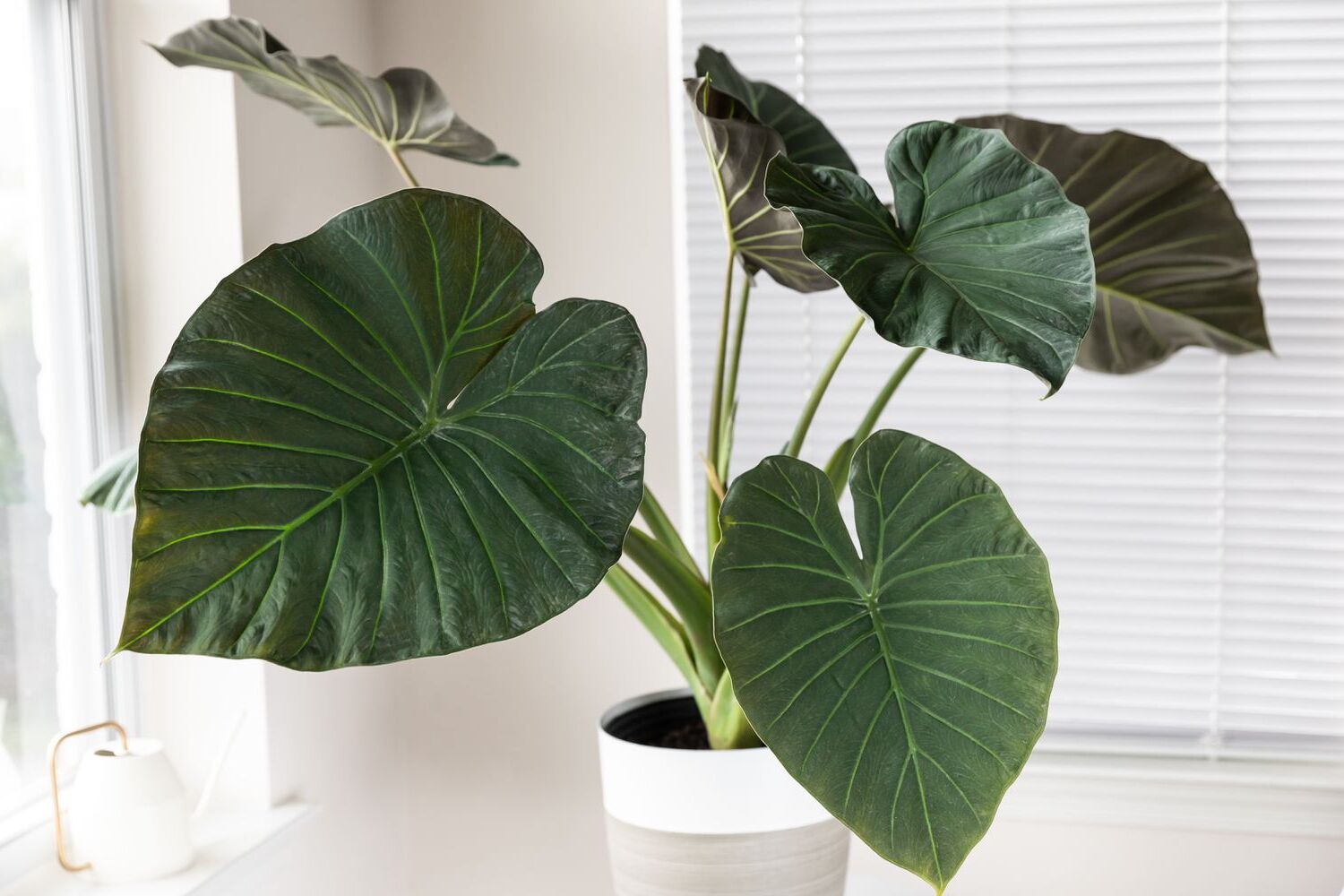
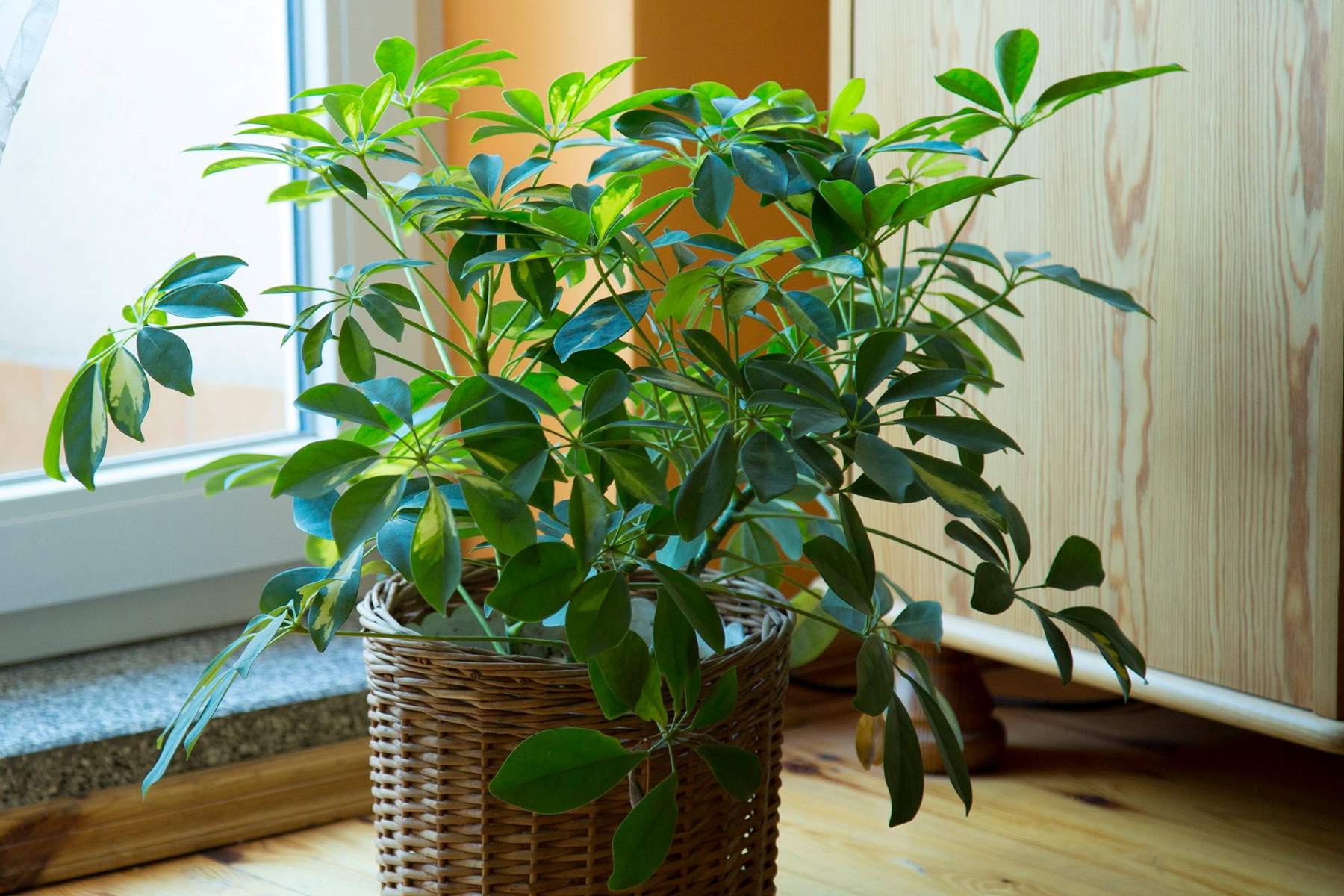
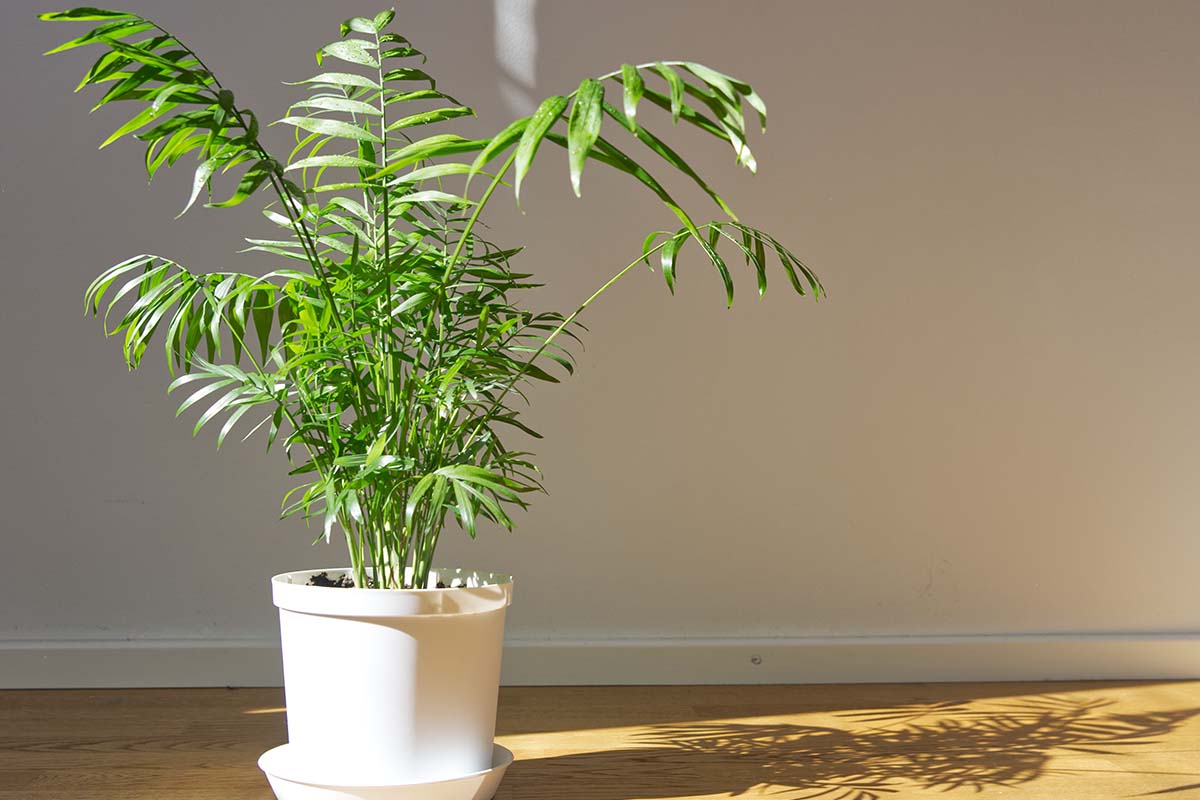
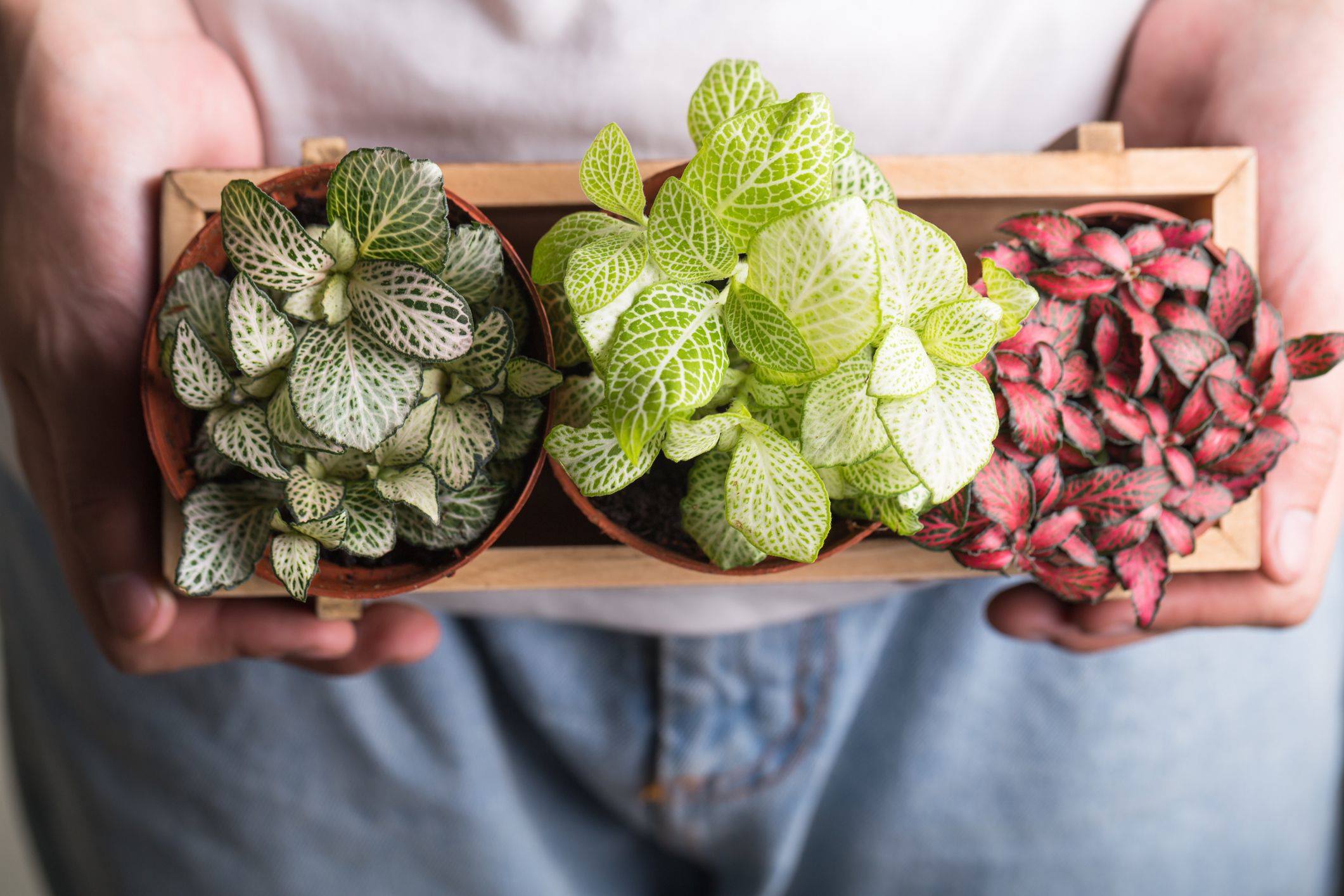
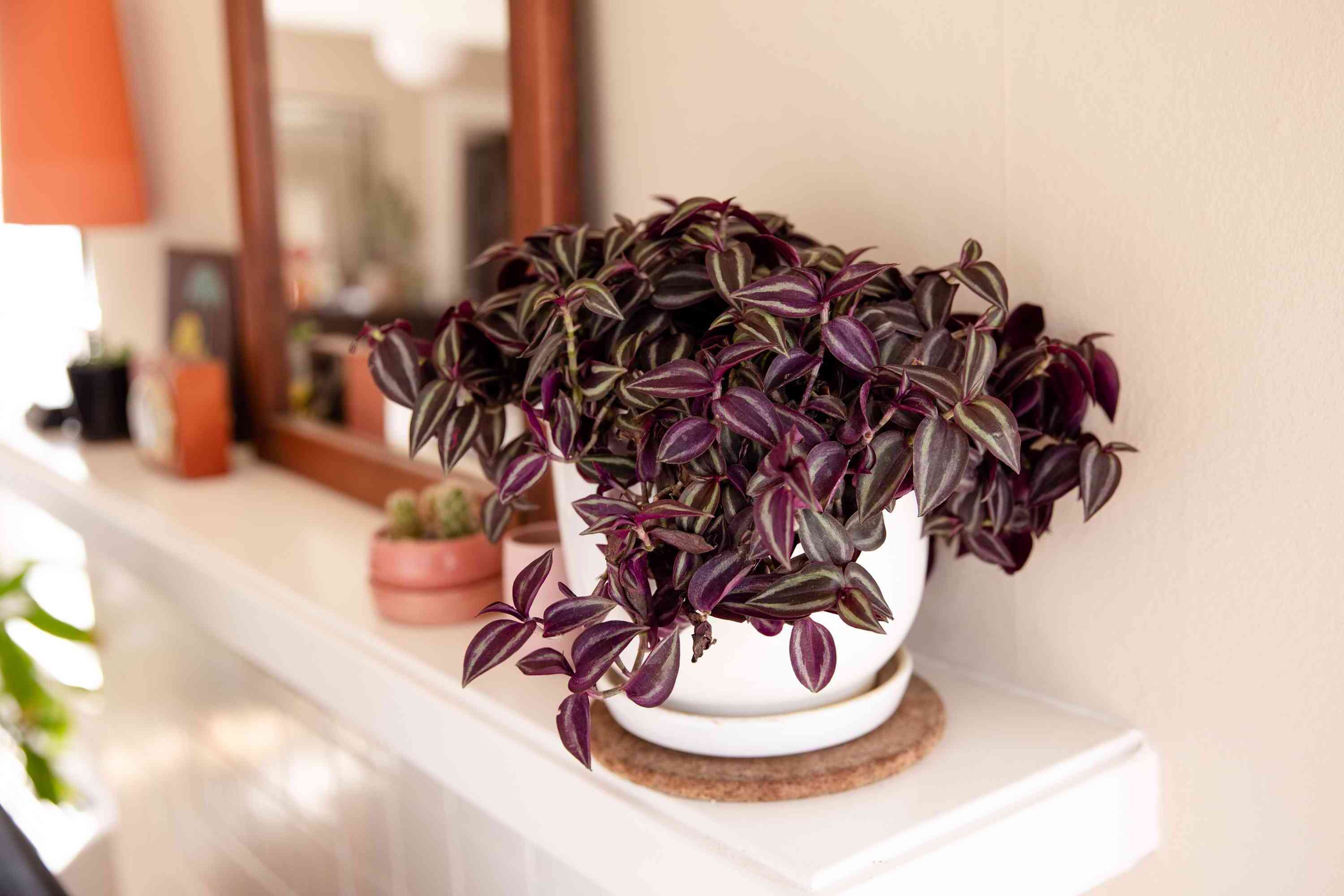
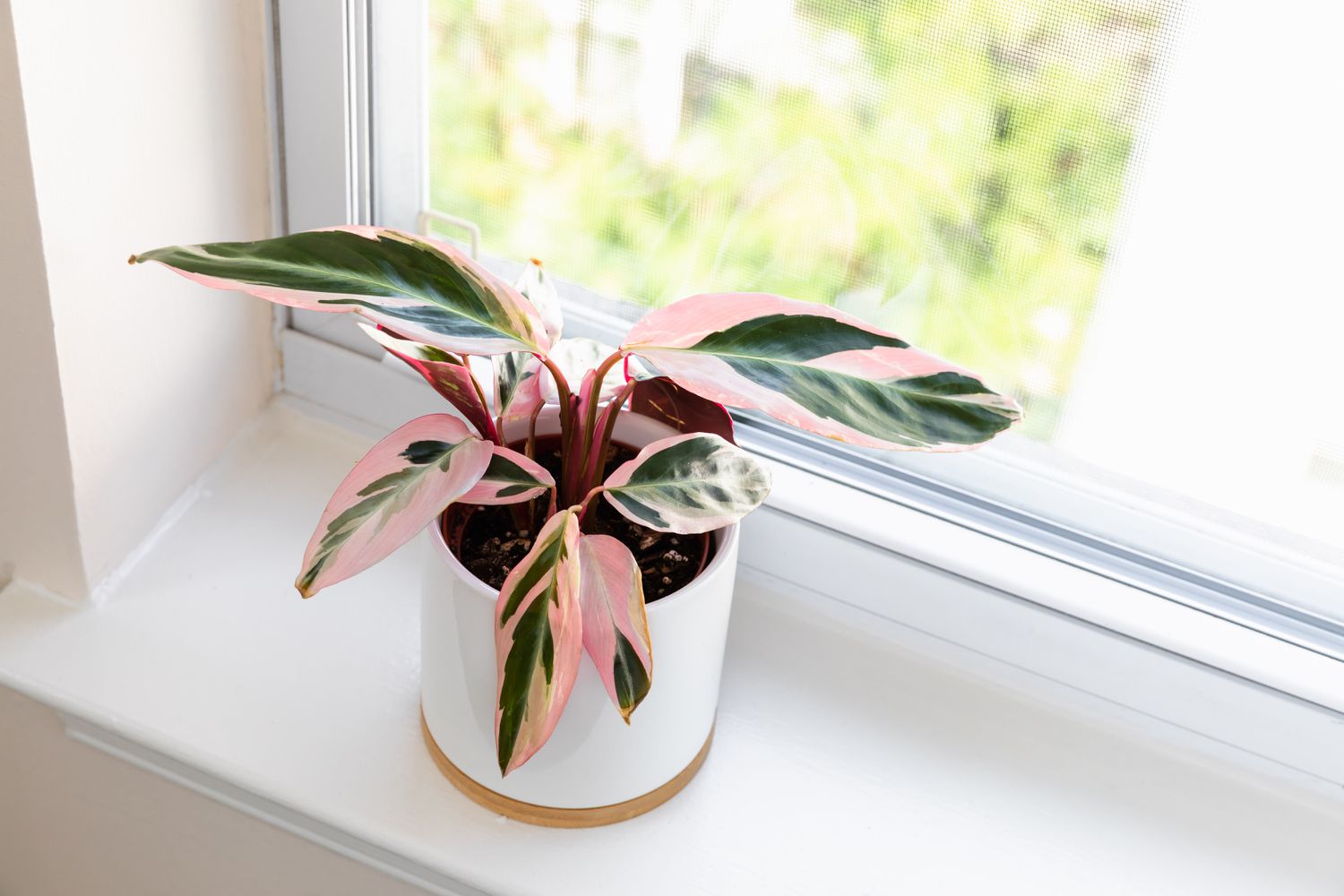
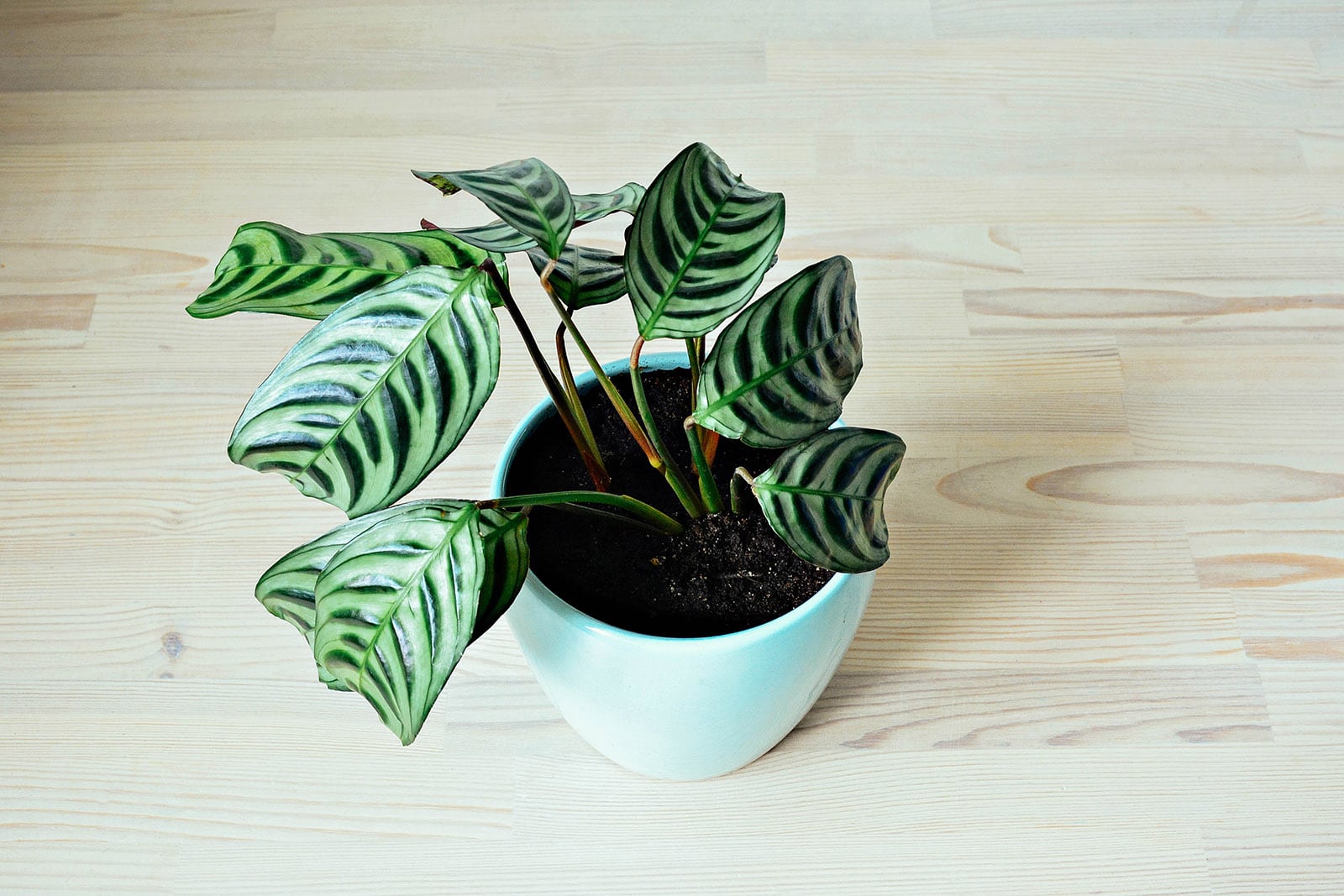
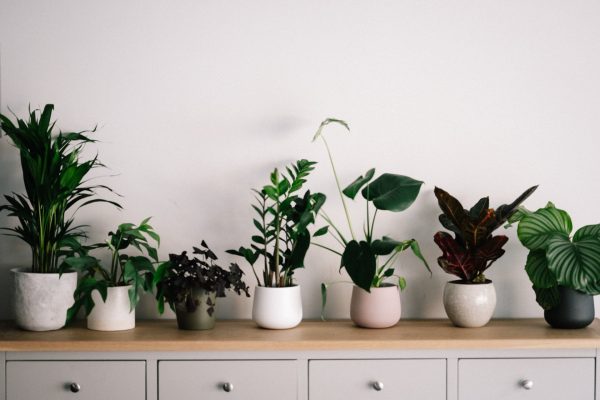

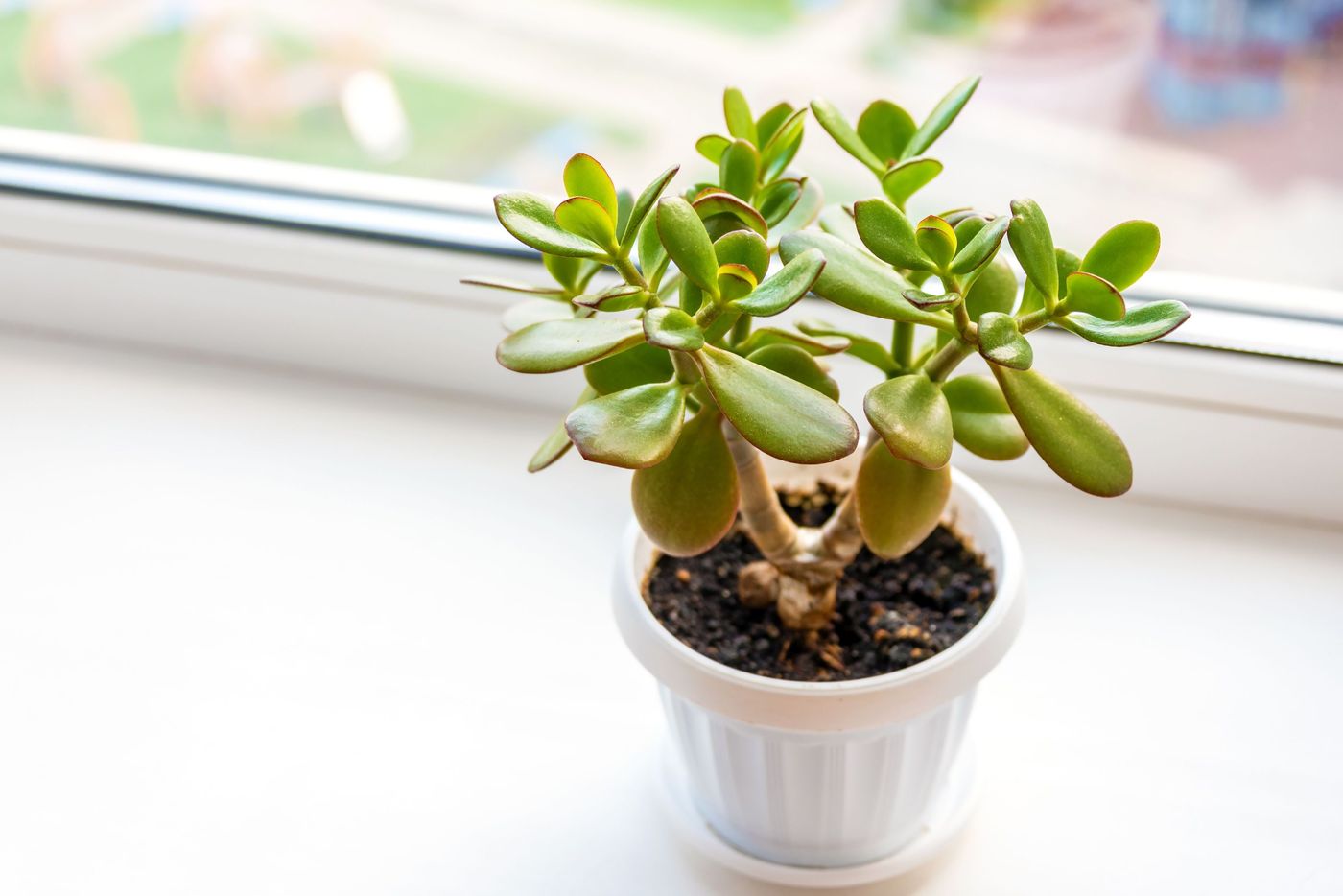
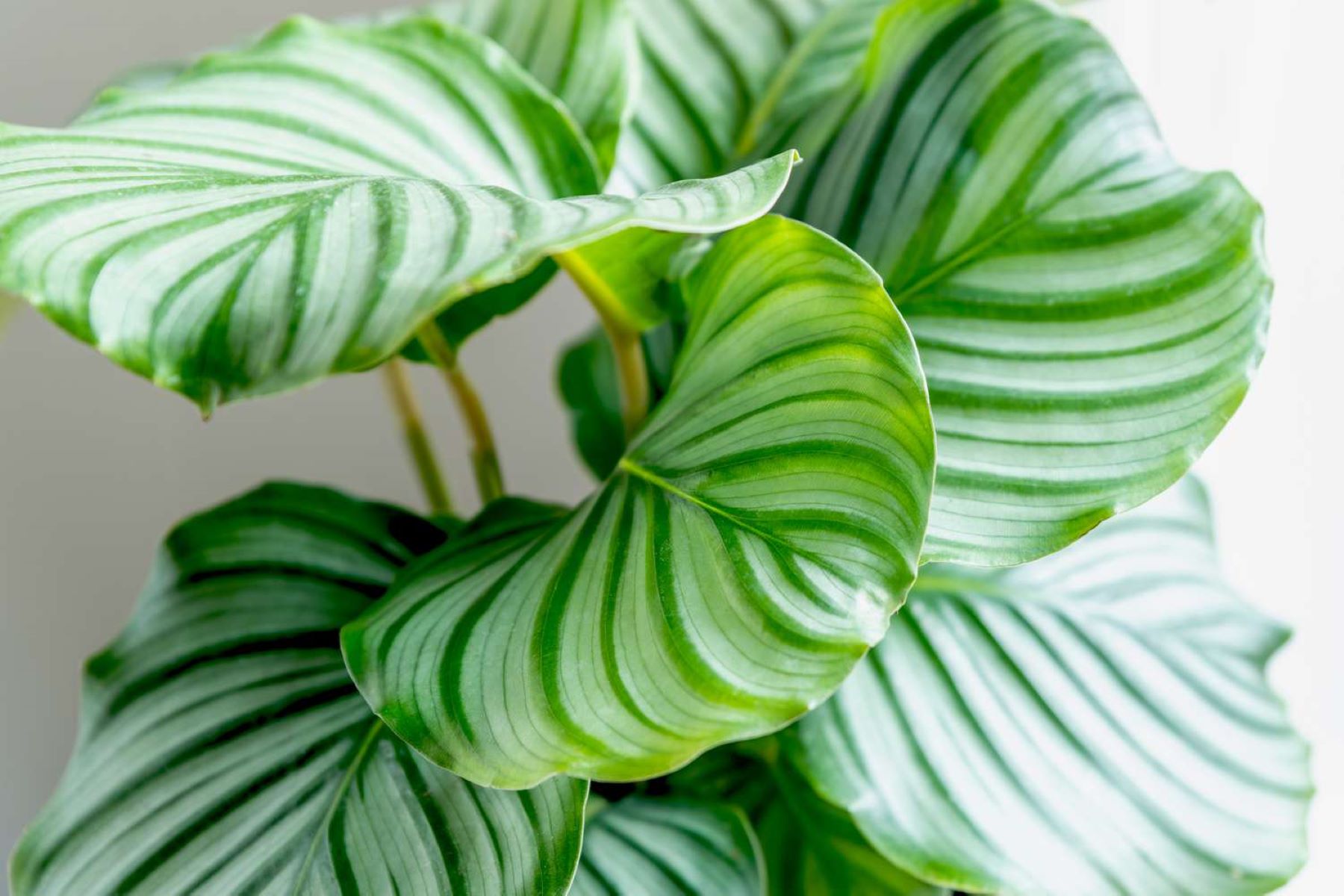

0 thoughts on “Indoor Aeschynanthus Care: Lipstick Plant Growing Guide”